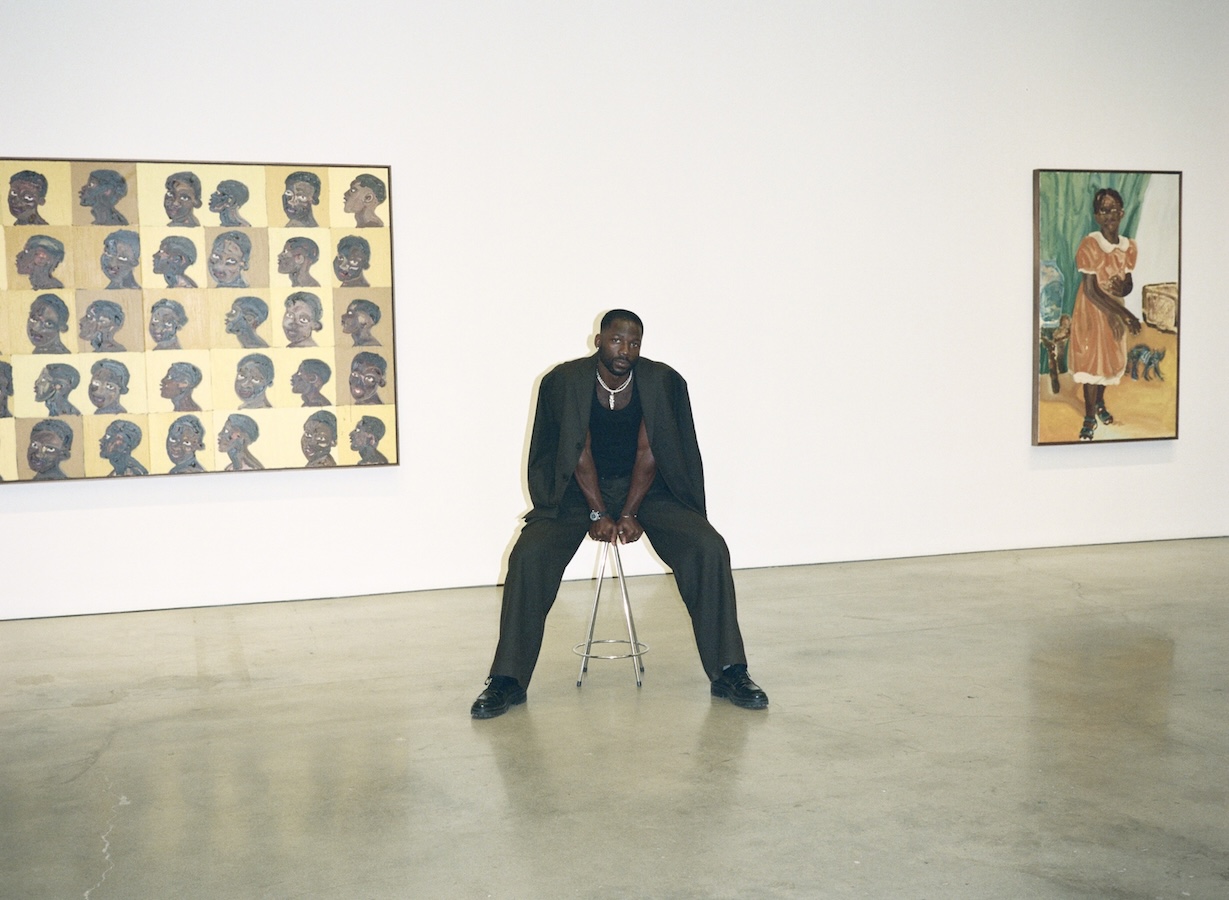“Southern Geometries, from Mexico to Patagonia” is on view at Fondation Cartier pour l’art contemporain from October 14, 2018, to February 24, 2019. Curated by Alexis Fabry andHervé Chandès, general director of Fondation Cartier, the exhibition explores the vibrant visual culture of Latin America, from geometric art to architecture, ceramics, and weaving—from the pre-Columbian period to today.
Whitewaller spoke with Fabry about the influence of Latin American craft on geometric abstraction and beyond.
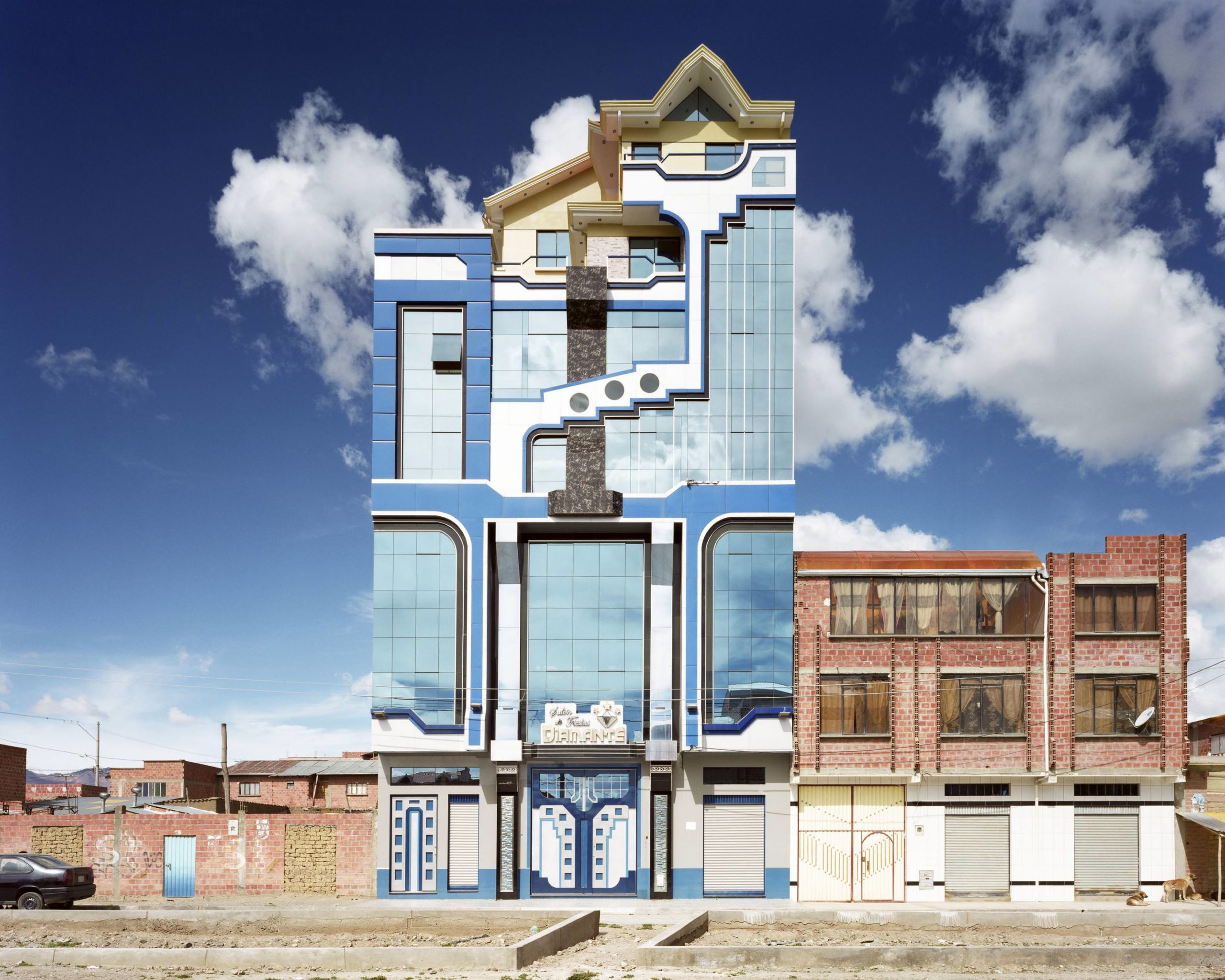
Freddy Mamani
From Neo-andina series
© Tatewaki Nio
Courtesy of Fondation Cartier
WHITEWALLER: Can you tell us about the initial concept for the exhibition?
ALEXIS FABRY: I was very interested in the relationship between the ancient craft in Latin America and the geometric abstraction that began in the thirties and was very strong in the fifties. I have worked on several different exhibitions with Hervé Chandès, and I knew he had a very strong relation with Brazil and Paraguay with indigenous textiles and weaving. So really, it started from a conversation about this brilliant relationship.
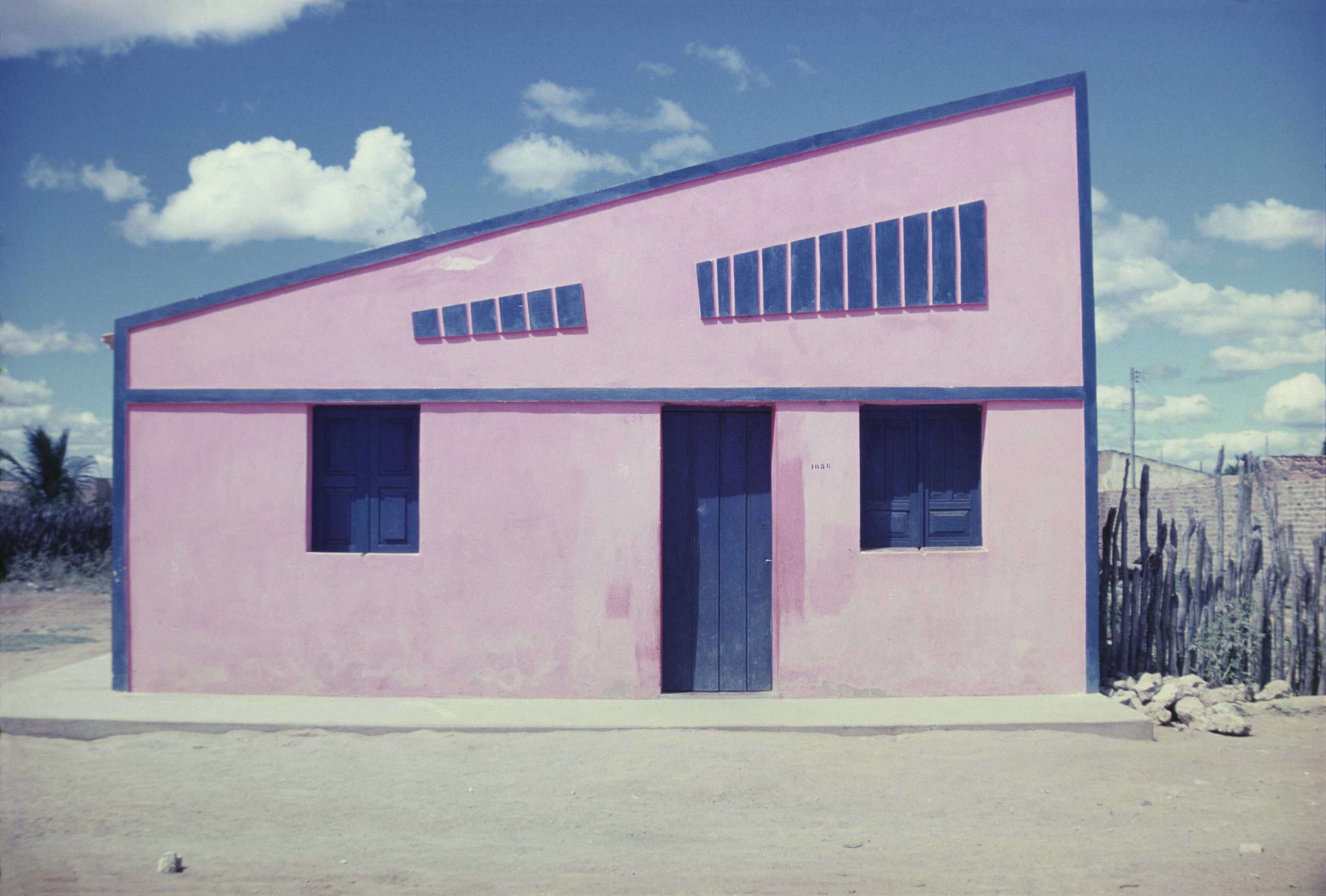
Anna Mariani
Façades series, 1973-86 Xique-Xique, Bahia, Brazil
1979
Inkjet print
Collection of the artist
© Anna Mariani
WW: What were the influences on geometric abstraction?
AF: There were two major influences. One is pre-Hispanic pyramid forms and textiles, and the other is more related to the European avant-garde. Our exhibition has two legs; one that is specifically related to pre-Hispanic cultures and one about Latin America looking to the European avant-garde. For example, the European avant-garde had a very strong relation with Argentina fairly early on.
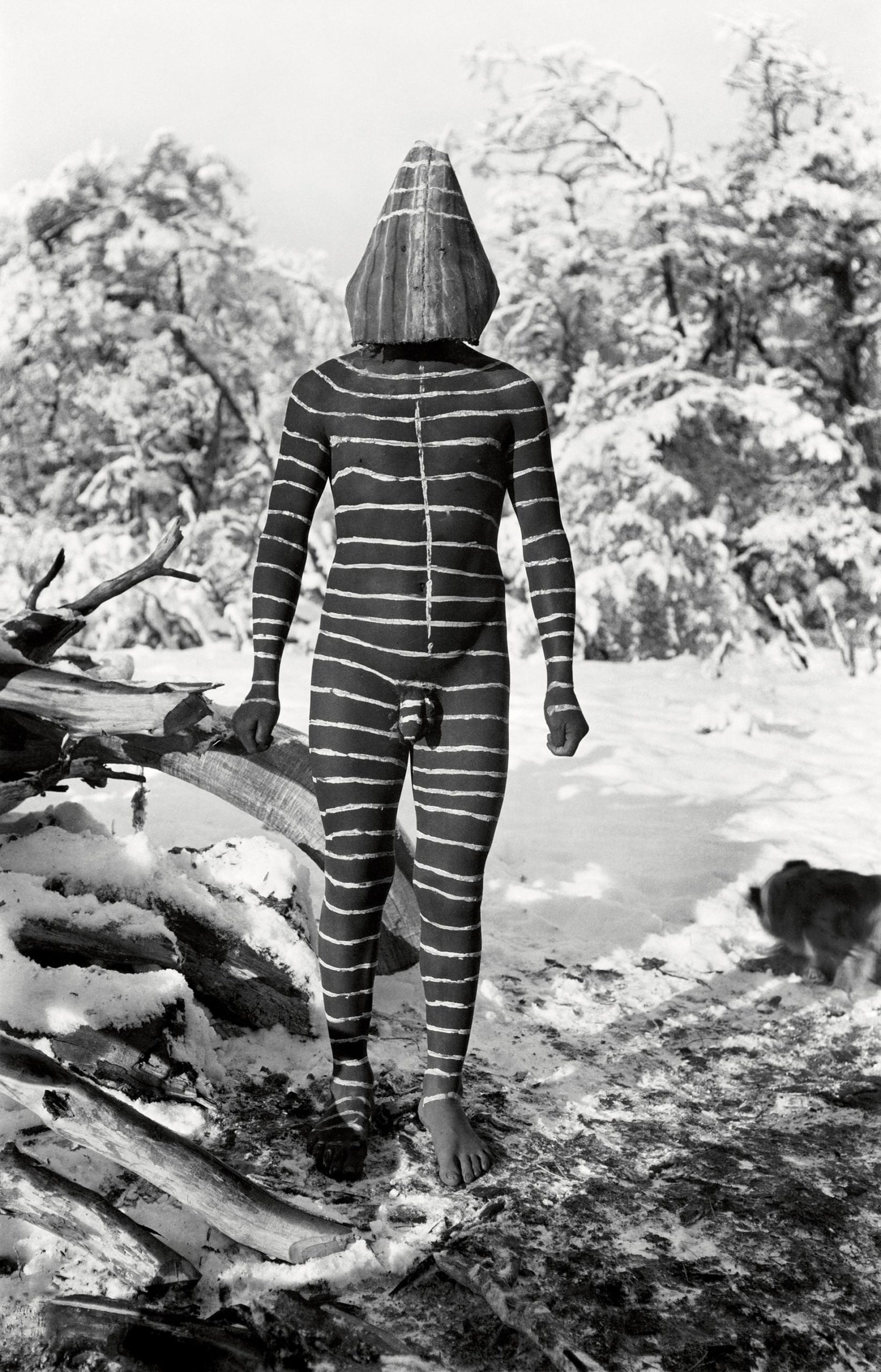
Martin Gusinde
Terre de Feu, Argentine et Chili
Ulen, forte tête
Hain Ceremony, Selk’nam rite
Ulen, the male jester
His role is to entertain the Hain’s spectators
Piezographic print with carbon pigments
58 x 41 cm
Private collection, Paris
© Anthropos Institut, Sankt Augustin
WW: Included in the show will be a special installation by the Bolivian architect Freddy Mamani. Can you tell us about that?
AF: Yes, that’s very related to Fondation Cartier’s program—Hervé Chandès doesn’t like the hierarchy between high and low culture. One of the things that characterizes his program is an attempt to put on the same level what some people qualify as high and low culture.
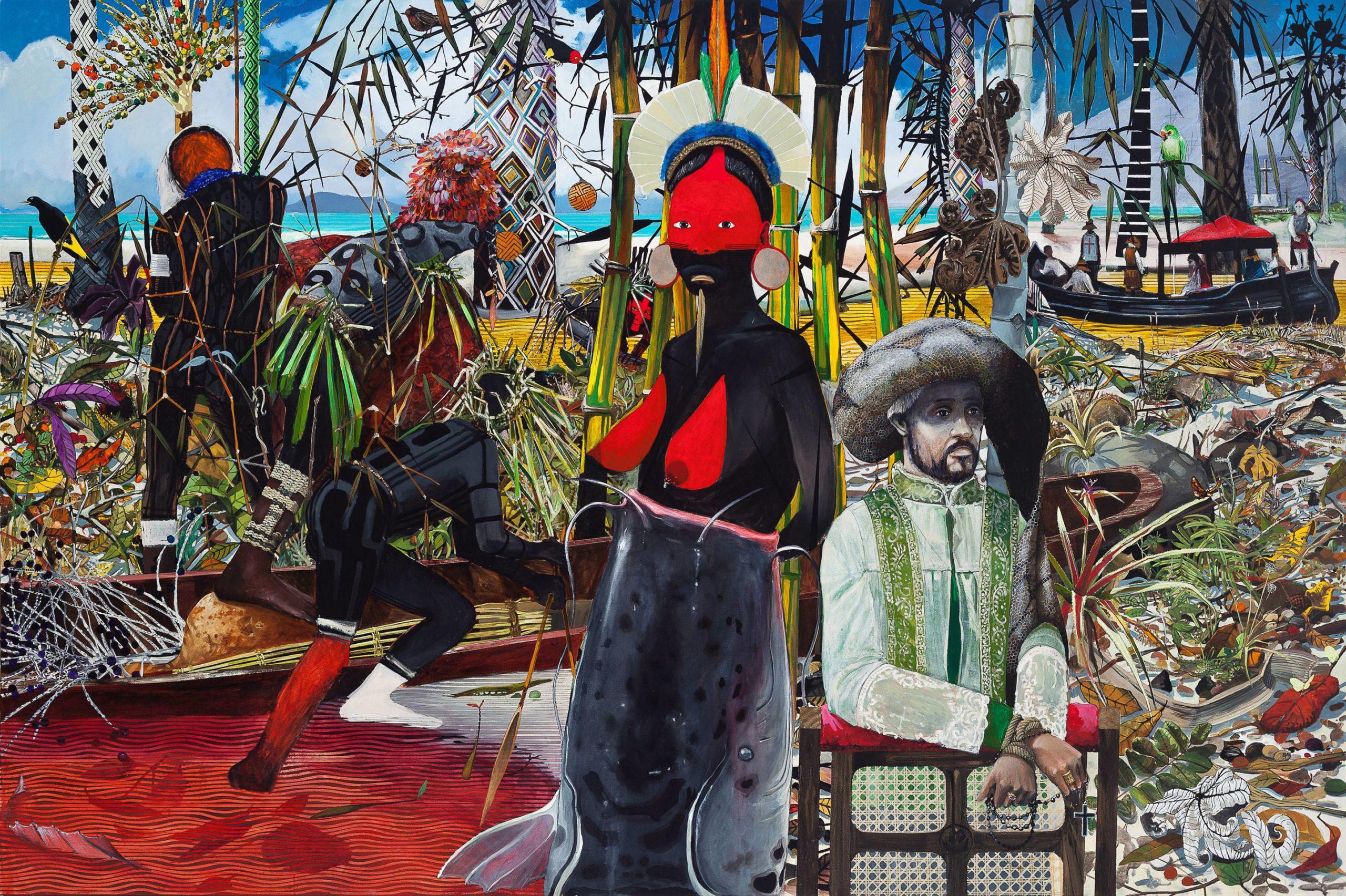
Luiz Zerbini
A Primeira Missa
2014
Acrylic on canvas
200 x 300 cm
Collection Luis Zerbini
© Luiz Zerbini.
Photo © Jaime Acioli
In the case of Freddy Mamani, that is also the case. He is not an academic architect—he began in the building business. That’s something we like about his work. He has developed an iconic kind of architecture related to the ancient cultures of Bolivia. For Europeans, we can see a relation to, for example, the utopian architecture programs, with some of the work from Ettore Sottsass, Andrea Branzi, and some Italian architects in the sixties and seventies that were in opposition to the rationalism of Le Corbusier. They developed a very joyful, colorful, popular architecture.
In Latin America, you have important architectural academics that have always been very interested in popular architecture, the vernacular architecture. And we see that in Mamani.
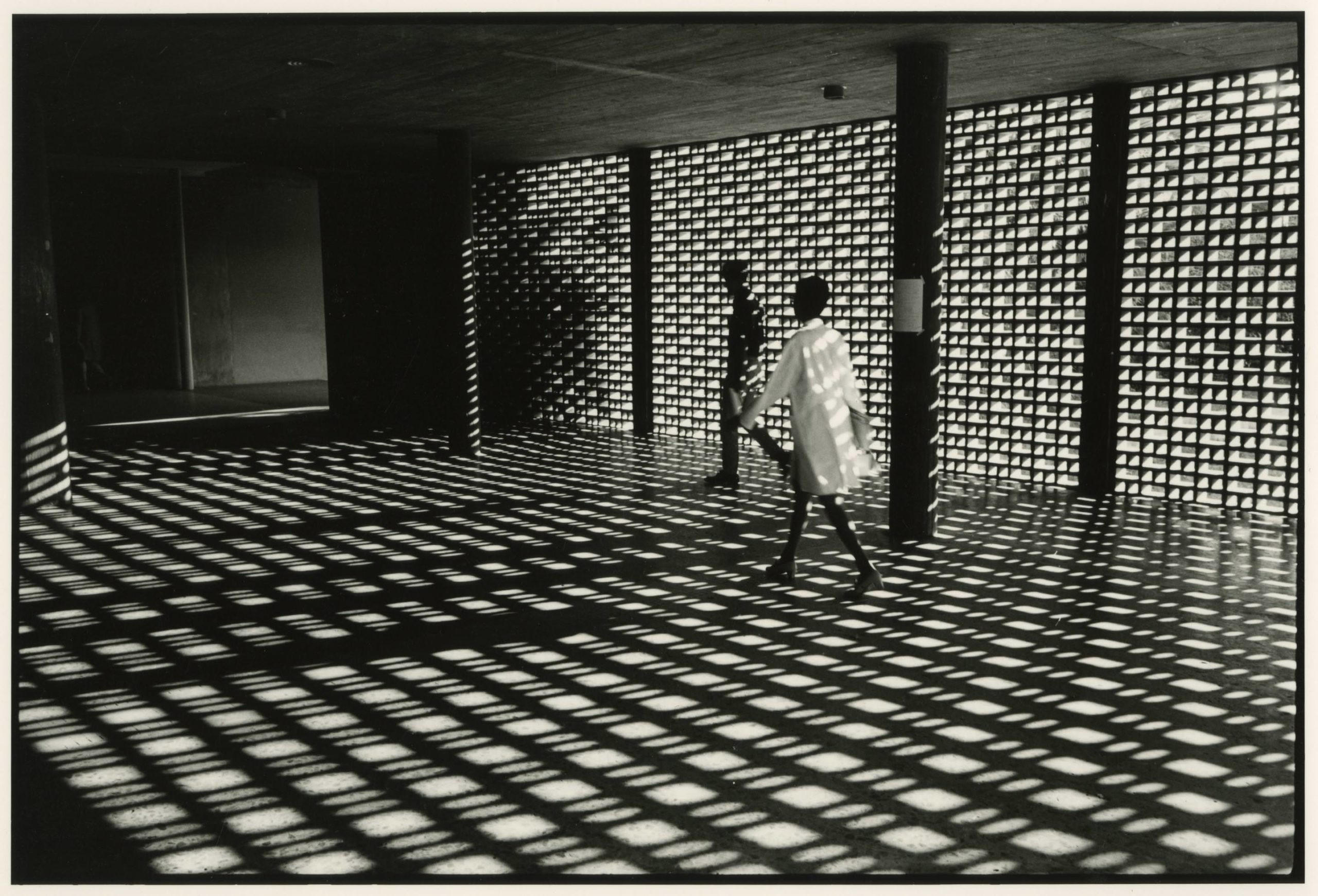
Paolo Gasparini
Caracas y su arquitectura, Venezuela
1967-1968
16,6 × 24,4 cm
© Paolo Gasparini
WW: Also on view will be an important series of work by Gego, the Venezuelan artist. What makes that series so important?
AF: She really has a very poetical, fragile, yet strong feeling in her work. Her approach was very new at the time. Now she’s very influential in Latin America and everywhere—lots of artists look at her work—but when she did it, she was quite unknown. I think Gego is a main figure that hasn’t really been properly shown in Europe.




